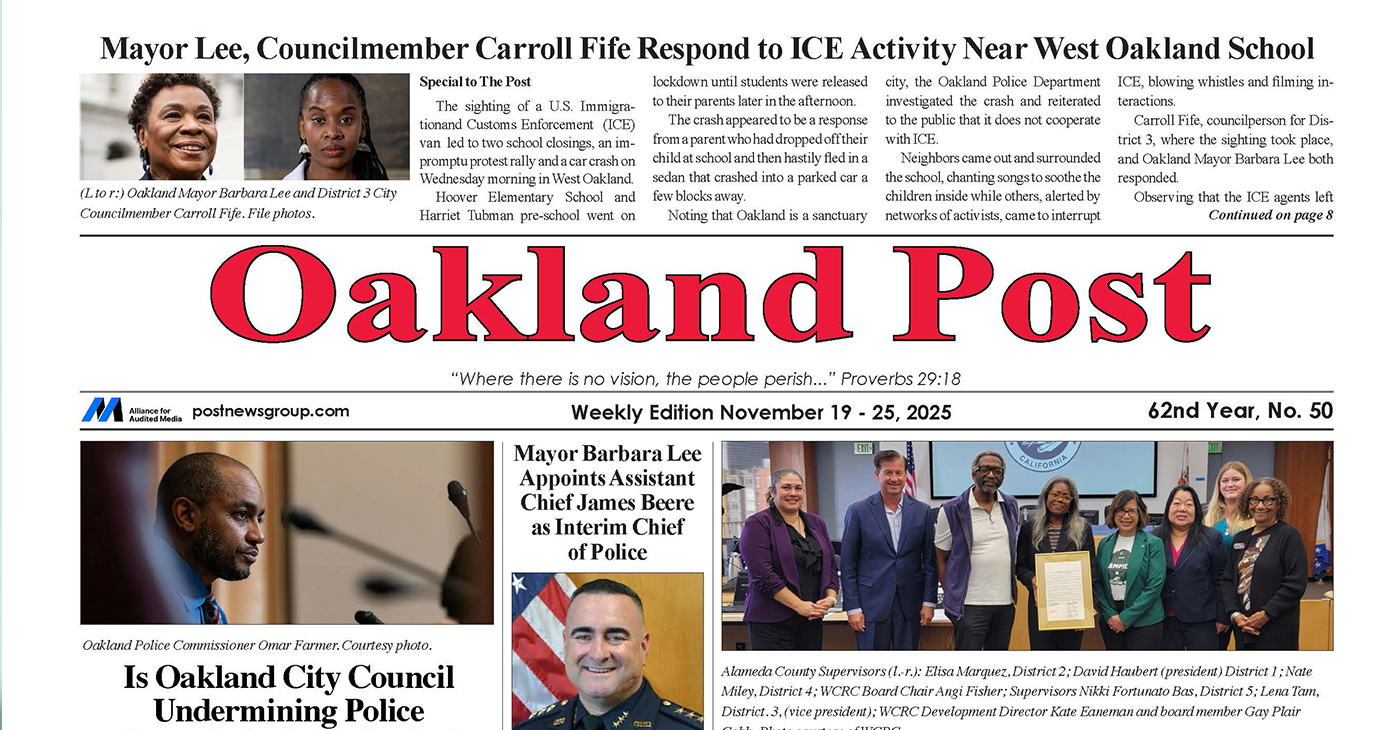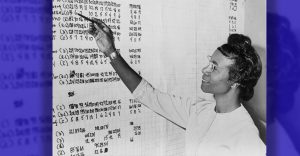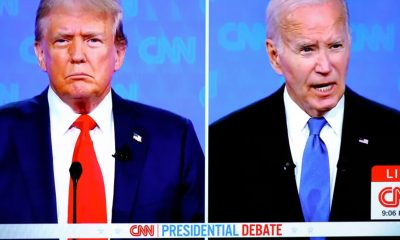Business
Tax Refund Advances Appeal to More Cash-Strapped Americans

In this March 21, 2015 photo, Brittney Freison, dressed as Lady Liberty, waves to motorists near the Liberty Tax Service office in Berea, Ohio. (AP Photo/Mark Duncan)
Hope Yen, ASSOCIATED PRESS
WASHINGTON (AP) — Cash-strapped Americans anxious for tax refunds are increasingly turning to payment advances, prepaid cards or other costly services when getting tax preparation help, according to new federal data raising concerns among regulators about whether consumers are fully informed about the fees.
Regulators are looking to increase oversight of preparers amid the rise in “refund anticipation checks,” a type of cash advance especially popular among low-income families who receive the Earned Income Tax Credit, the government’s $65 billion cash benefit program. The advances are being marketed as a way to get fast refunds or defer payment of tax preparation costs.
The Consumer Financial Protection Bureau says some consumers have complaints about refund anticipation checks centered on advertising, quality of service or fees.
The bureau is finalizing the first rules on prepaid debit cards, including those for tax refunds, that would require “easy to understand” disclosures upfront about costs and risks.
Refund anticipation checks rose to roughly 21.6 million in 2014, up 17 percent from 2011, according to IRS data provided to The Associated Press. About half the purchasers are EITC recipients; roughly 84 percent are low-income, according to the data. Industry analysts project the payment advances and their fees will become more widespread as tax preparers seek to boost revenue.
Currently, refund anticipation checks and prepaid cards make up 10 percent of industry giant H&R Block’s revenue and more than 20 percent of Liberty Tax Service’s, according to earnings reports.
Both companies said they are committed to providing consumers with the information they need to make tax-filing decisions, including use of refund anticipation checks. They said the payment advances offer added value, such as convenience.
The Internal Revenue Service has been pushing Congress for new authority to regulate the $10.1 billion tax preparation industry after an appeals court last year barred it from requiring tax preparers to undergo background checks and testing.
“It’s the wild, wild West,” said Nina Olson, the IRS’ national taxpayer advocate, describing the current state of the industry. She called the level of risk for abuse in pricing and quality of service unprecedented.
The National Association of Tax Professionals supports certification of providers to ensure a minimum level of competency. But the Institute for Justice, which filed the lawsuit against IRS, says new licensing requirements and other oversight aren’t the answer.
“We should do more to increase competition, not drive independent tax preparers out of the market,” said Dan Alban, an attorney for the group.
The average tax-preparation fee for 2014 returns is $273, up 11 percent from two years ago, according to a survey by the National Society of Accountants. But there’s wide variation, with fees of $400 or more, according to the National Consumer Law Center.
Netran Washington, 40, a materials handler in Cleveland, says he’s been going to a neighborhood tax preparer for four years, eager for a fast refund. Washington readily agreed when asked if he preferred to pay for the tax preparation later.
Washington says he was later surprised by a $500 fee that included the cost of a cash advance.
Still, he kept going each year until a friend suggested the Volunteer Income Tax Assistance program, an IRS program providing free tax preparation services to low-income families. The IRS-certified tax preparer found a filing error that had cost Washington $1,000 in unused tax credits and helped him file an amended return. “It was very upsetting,” Washington said.
Four states — California, Maryland, New York and Oregon — require preparers to undergo training. The California attorney general’s office recently requested information from H&R Block about its refund anticipation checks, which range in cost from $34.95 to $59.95; at issue may be whether the fees may be subject to strict truth-in-lending laws, the company said in financial filings. H&R Block emphasized that it was a request for information, not a lawsuit.
Consumer groups in Colorado and Ohio are pushing proposals to require greater disclosure.
In Ohio, a federal court two years ago barred the owner of Dayton-based Instant Tax Service from doing business after finding various abuses, including defrauding mostly low-income customers. “Taxpayers should have the ability to research and compare prices,” says David Rothstein of Neighborhood Housing Services of Greater Cleveland.
In his budget proposal, President Barack Obama asked Congress to give IRS and the Treasury Department explicit regulatory authority and to increase penalties for certain tax filing errors due to willful or reckless conduct. Legislation has been introduced in the Senate, but prospects remain uncertain in a GOP-controlled Congress unhappy with the agency’s investigations of the tea party and also its role in implementing Obama’s health care law.
___
Associated Press writer Stephen Ohlemacher contributed to this report.
___
Follow Hope Yen on Twitter at http://twitter.com/hopeyen1.
Copyright 2015 The Associated Press. All rights reserved. This material may not be published, broadcast, rewritten or redistributed.
###
Alameda County
Seth Curry Makes Impressive Debut with the Golden State Warriors
Seth looked comfortable in his new uniform, seamlessly fitting into the Warriors’ offensive and defensive system. He finished the night with an impressive 14 points, becoming one of the team’s top scorers for the game. Seth’s points came in a variety of ways – floaters, spot-up three-pointers, mid-range jumpers, and a handful of aggressive drives that kept the Oklahoma City Thunder defense on its heels.

By Y’Anad Burrell
Tuesday night was anything but ordinary for fans in San Francisco as Seth Curry made his highly anticipated debut as a new member of the Golden State Warriors. Seth didn’t disappoint, delivering a performance that not only showcased his scoring ability but also demonstrated his added value to the team.
At 35, the 12-year NBA veteran on Monday signed a contract to play with the Warriors for the rest of the season.
Seth looked comfortable in his new uniform, seamlessly fitting into the Warriors’ offensive and defensive system. He finished the night with an impressive 14 points, becoming one of the team’s top scorers for the game. Seth’s points came in a variety of ways – floaters, spot-up three-pointers, mid-range jumpers, and a handful of aggressive drives that kept the Oklahoma City Thunder defense on its heels.
One of the most memorable moments of the evening came before Seth even scored his first points. As he checked into the game, the Chase Center erupted into applause, with fans rising to their feet to give the newest Warrior a standing ovation.
The crowd’s reaction was a testament not only to Seth’s reputation as a sharpshooter but also to the excitement he brings to the Warriors. It was clear that fans quickly embraced Seth as one of their own, eager to see what he could bring to the team’s championship aspirations.
Warriors’ superstar Steph Curry – Seth’s brother – did not play due to an injury. One could only imagine what it would be like if the Curry brothers were on the court together. Magic in the making.
Seth’s debut proved to be a turning point for the Warriors. Not only did he contribute on the scoreboard, but he also brought a sense of confidence and composure to the floor.
While their loss last night, OKC 124 – GSW 112, Seth’s impact was a game-changer and there’s more yet to come. Beyond statistics, it was clear that Seth’s presence elevated the team’s performance, giving the Warriors a new force as they look to make a deep playoff run.
Activism
Oakland Post: Week of November 26 – December 2, 2025
The printed Weekly Edition of the Oakland Post: Week of November 26 – December 2, 2025

To enlarge your view of this issue, use the slider, magnifying glass icon or full page icon in the lower right corner of the browser window.
Activism
Oakland Post: Week of November 19 – 25, 2025
The printed Weekly Edition of the Oakland Post: Week of November 19 – 25, 2025

To enlarge your view of this issue, use the slider, magnifying glass icon or full page icon in the lower right corner of the browser window.
-

 Activism4 weeks ago
Activism4 weeks agoOakland Post: Week of November 12 – 18, 2025
-

 Activism3 weeks ago
Activism3 weeks agoIN MEMORIAM: William ‘Bill’ Patterson, 94
-

 Activism3 weeks ago
Activism3 weeks agoHow Charles R. Drew University Navigated More Than $20 Million in Fed Cuts – Still Prioritizing Students and Community Health
-

 Bay Area4 weeks ago
Bay Area4 weeks agoNo Justice in the Justice System
-

 #NNPA BlackPress3 weeks ago
#NNPA BlackPress3 weeks agoLewis Hamilton set to start LAST in Saturday Night’s Las Vegas Grand Prix
-

 #NNPA BlackPress2 weeks ago
#NNPA BlackPress2 weeks agoBeyoncé and Jay-Z make rare public appearance with Lewis Hamilton at Las Vegas Grand Prix
-

 Activism2 weeks ago
Activism2 weeks agoOakland Post: Week of November 19 – 25, 2025
-

 #NNPA BlackPress4 weeks ago
#NNPA BlackPress4 weeks agoThe Perfumed Hand of Hypocrisy: Trump Hosted Former Terror Suspect While America Condemns a Muslim Mayor


























































